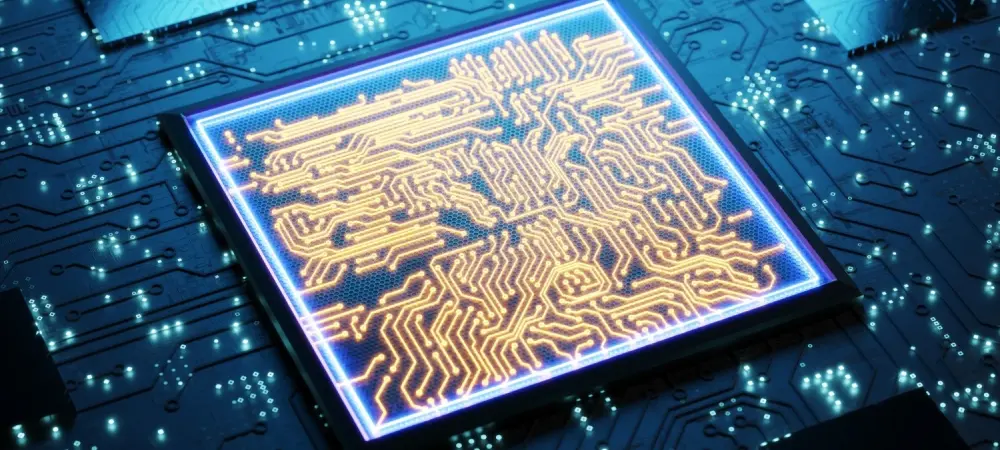In an era where technological evolution drives every industry forward, the spotlight is firmly set on the profound growth of artificial intelligence and the corresponding expansion of data centers. The burgeoning demand for faster and more efficient data processing solutions has led to significant leaps in semiconductor technology. Key to these advancements are innovations in System on Chip (SoC), three-dimensional integrated circuits (3D-IC), and chiplet design. These innovations not only enhance performance but also address the escalating computational needs of contemporary applications in AI, automotive, and connectivity domains. Companies like Cadence are making notable contributions by integrating and optimizing hardware and software solutions, ensuring the technology aligns with the growing requirements of modern applications.
Strategic Advancements and Industry Impact
The drive to create sustainable, reliable, and efficient infrastructure has been reinforced by key players like Vertiv and VIRTUS Data Centres. Vertiv’s prowess in power, cooling, and IT infrastructure guarantees smooth operation of essential applications across more than 130 countries, underscoring its crucial contribution to data center growth. In the UK, VIRTUS Data Centres, affiliated with ST Telemedia Global Data Centres, stresses the necessity for resilient and environmentally friendly digital frameworks. Large investments from entities like Macquarie Asset Management highlight increasing confidence in robust data infrastructures. The blending of advanced chip design with sustainable solutions is a clear industry trend supporting AI’s rapid technological evolution. The focus is on maintaining a dependable digital network to accommodate swift progress in related fields, keeping environmental responsibilities in mind. These advancements represent a significant shift in addressing data and computational needs, offering challenges and opportunities to support future AI and data center innovations.

